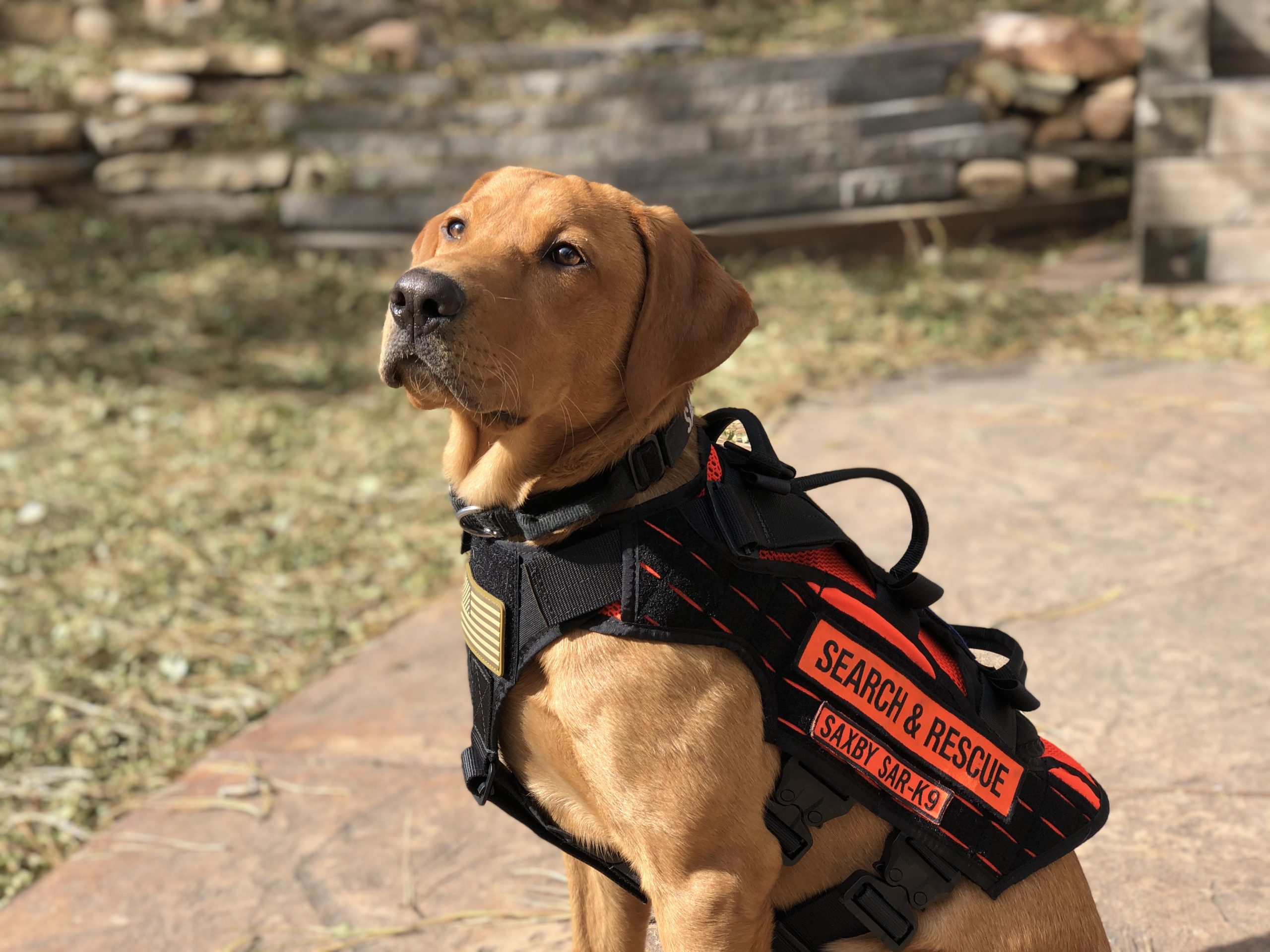
Outside of the wine and the business advisory world, I spend a large chunk of time as a first responder; specifically, I am a member of El Paso County (Colorado) Search and Rescue (www.EPCSAR.org). As part of my training with EPCSAR, I took FEMA’s intro courses for emergency management. FEMA adopted an emergency management system created by California Wildland Fire, called the Incident Command System or ICS. Taking these intro courses, I was impressed with the flexibility and forward-looking approach to management that ICS brings to the table. So I dug deeper, took more ICS courses, and began formulating a way for this highly adaptable system to apply to the small business world, which we’re tentatively calling BARCS or Business Administrative Response Coordination System. Given the current events, it occurred to me that this system could be of benefit to many affected businesses right now.
With the primary reactive response concluded, we find ourselves in the management phase of the COVID-19 pandemic. This is an important time for companies to think about how they are going to handle day-to-day details until the world returns to a new normal. Using BARCS you can find a clear path for managing your company until we return to a more normal business environment.
ICS application in the emergency management world is for events as small as a single-car accident all the way up to a global pandemic. Similarly in the Tin Sheets adaptation, BARCS is designed to cover company response from a single customer incident in a small shop up to a globally sized company managing the current COVID-19 situation. Despite the complexity of these systems, there are a few easy takeaways that I want to share to help you manage an incident of this scale and impact:
- Appoint an incident lead- this person orchestrates the company’s response, they ideally are not the business owner and can even be an outside party. The job of the incident lead is to coordinate all supervisory positions and plans, along with the needs and wants of the company’s ownership structure.
- Generate a plan for each workday- this is critical and needs to be done the day before it is to be used and repeated daily for the duration of the incident. The plan document should be handed out to all staff at the morning briefing every day, these plans should include at a minimum:
- S.M.A.R.T. objectives
- S.M.A.R.T. = Specific, Measurable, Attainable, Realistic, and Timely
- List of what resources are needed
- Methods of executing the plan
- Lists of the necessary information
- Where people are assigned
- Who is responsible for what task
- S.M.A.R.T. objectives
- For the duration of the incident, increase the hierarchical structure of your organization. Functional groups, responsible for a single task, are broken down into one to five people. Each functional group is assigned a supervisor that oversees no more than five related functional groups.
- Consider separating financial task management supervision from other supervisory roles
- Consider appointing a supervisor whose sole responsibility is the well being and support of all staff
- All top-level supervisory staff need to be involved in the planning process
- Create a clear set of responsibilities for each individual, they can be the same or different from normal work duties. All individual staff should pass information back only to their immediate supervisor.
- As soon as the daily plan is in motion, begin the planning cycle for the next day of the incident.
- Fiscally track every detail of the incident separately from normal business. It is fine to track it with normal methods as well, but accounting for the cost of the incident separately is critical.
BARCS is a complex tool set that is modular and scalable to fit your needs and we’ve barely scratched the surface with the above suggestions. If you feel this structure can help during these trying times, we welcome you to use what we have provided here. If you need more help with this structure or want more detail on how to implement this within your business, give us a call, message us, or email us ([email protected]). To be clear – we want this tool to help, so we would be happy to talk you through the main elements of this for free.
